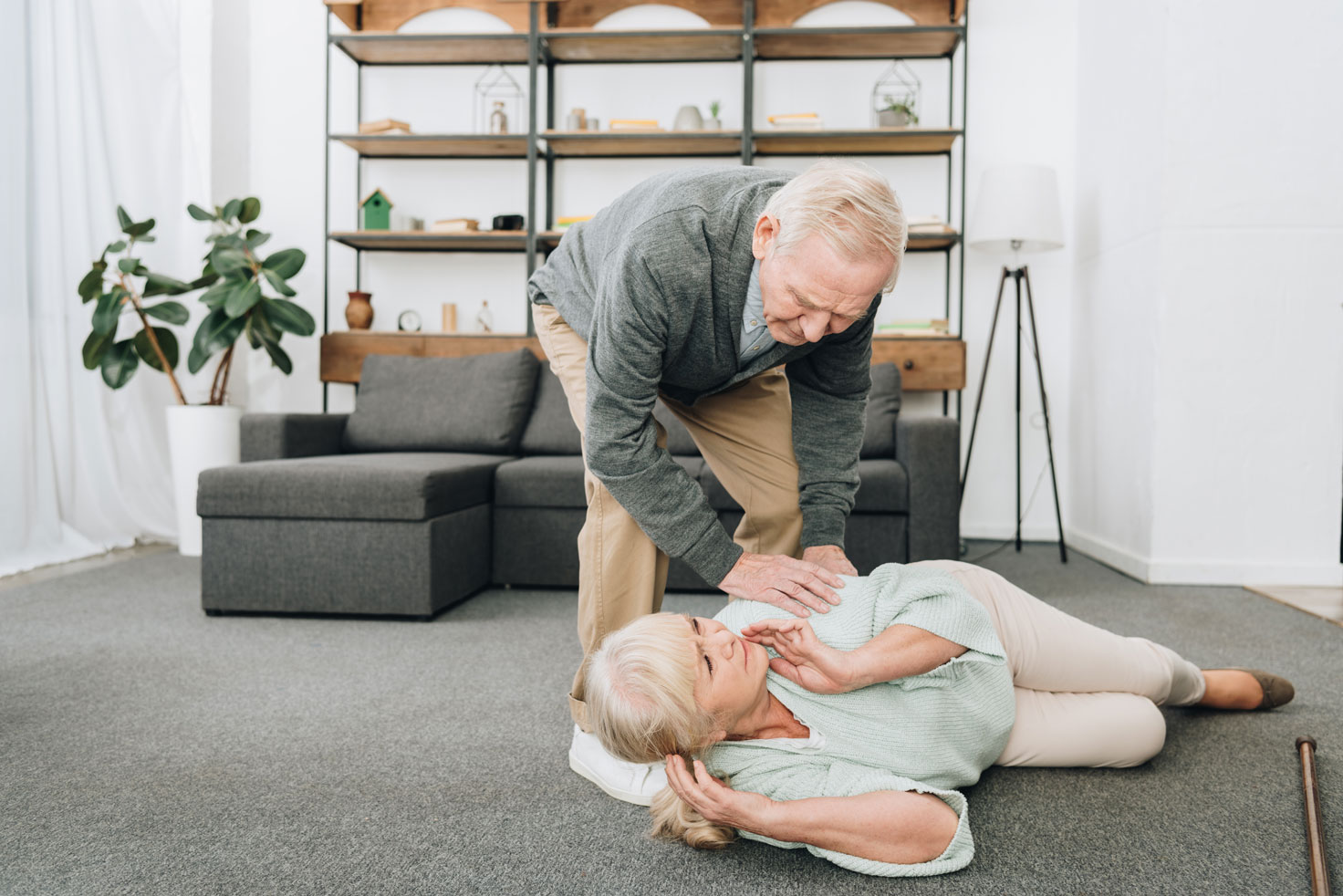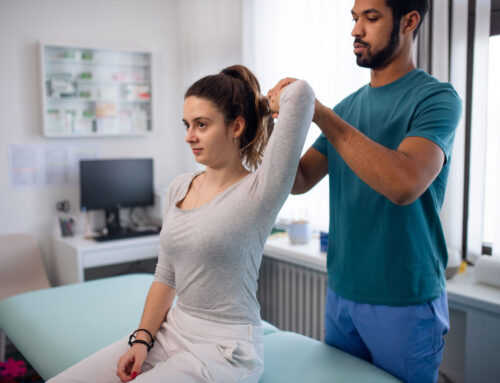If you are young and healthy, you may see falls as small, simple accidents that cause very little bodily harm. However, falls are one of the leading causes of permanent disability for older individuals. Plus, these accidents can even lead to brain damage and serious injuries in anyone, depending on the height of the fall and a variety of other factors.
Rehabilitating after a fall is often a long, arduous process. Therefore, it’s always best to completely avoid falling, whenever possible. So, let’s take a closer look at how you can prevent falls and injuries that may come with.
All About Falls
Intuitively, most of us know the ins and outs of falls. However, as is the case with any injury, there are always nuances that must be considered in order to gain a full grasp of the issue.
What are the Leading Causes of Falls?
Falls can result from a variety of issues. Let’s take a look at some of the main causes of falls.
Fall Cause #1: Slippery Sidewalks
After a rain or snowstorm, many sidewalks will be slippery and dangerous for pedestrians. For this reason, most cities and townships require that businesses maintain their sidewalks all year round.
This includes salting during snowy months, indicating and repairing major cracks, and generally keeping their stretch of sidewalk in good condition.
Fall Cause #2: Poor Balance
Some people fall because they simply don’t have the necessary balance to stay upright while they are walking or standing.
This is a major problem in the elderly, and one that needs to be addressed through consistent exercise and other treatment methods.
Fall Cause #3: Decreased Vision
Balance is a complex phenomenon. We primarily maintain our balance through three separate body systems: the vestibular (inner ear) system, our muscular system, and our visual system.
Those with poor eyesight are at higher risk for falls, simply because they can’t see tripping hazards and they can’t rely on their eyes to orient themselves.
Treating Balance-Related Issues to Prevent Falls
Often, one of the best ways to decrease the chances of falls is to simply practice balancing and strengthening the involved systems. This requires balancing on one leg, balancing with eyes closed, practicing changes in direction, and walking as much as possible.
Beyond exercising, it’s also prudent to set up your home in such a way that your chances of falling are minimized. This could involve setting up strategically placed night lights, placing colorful strips of tape near steps, and other techniques. Each of these strategies will depend on your own unique balance needs.
Interestingly, chiropractic care can also help significantly with balance disorders and the treatments can greatly reduce fall risk.
Chiropractic Care for Falls
After you’ve suffered a fall, chiropractic care can help tremendously with your recovery. That being said, chiropractic care can also help patients prevent falls in the first place.
By performing manipulations in the appropriate parts of the spine, chiropractors help to improve the connections between the nervous system and other parts of the body. This allows for better balance, improved reaction time, and a myriad of other benefits.
Avoiding falls is critically important for all of us, but it’s especially important for older members of society. As we get older, falls increase the risk of being bound to a wheelchair or a bed for the rest of our lives.
Therefore, working with a chiropractor, performing balance exercises, and taking other appropriate steps to decrease the chances of falling are critically important.
If you are looking for ways to improve your health and decrease your chances of falling, consider setting up an appointment with your Lithia, FL chiropractor at At Last Chiropractic. We would love to help you today! Book your appointment now.






